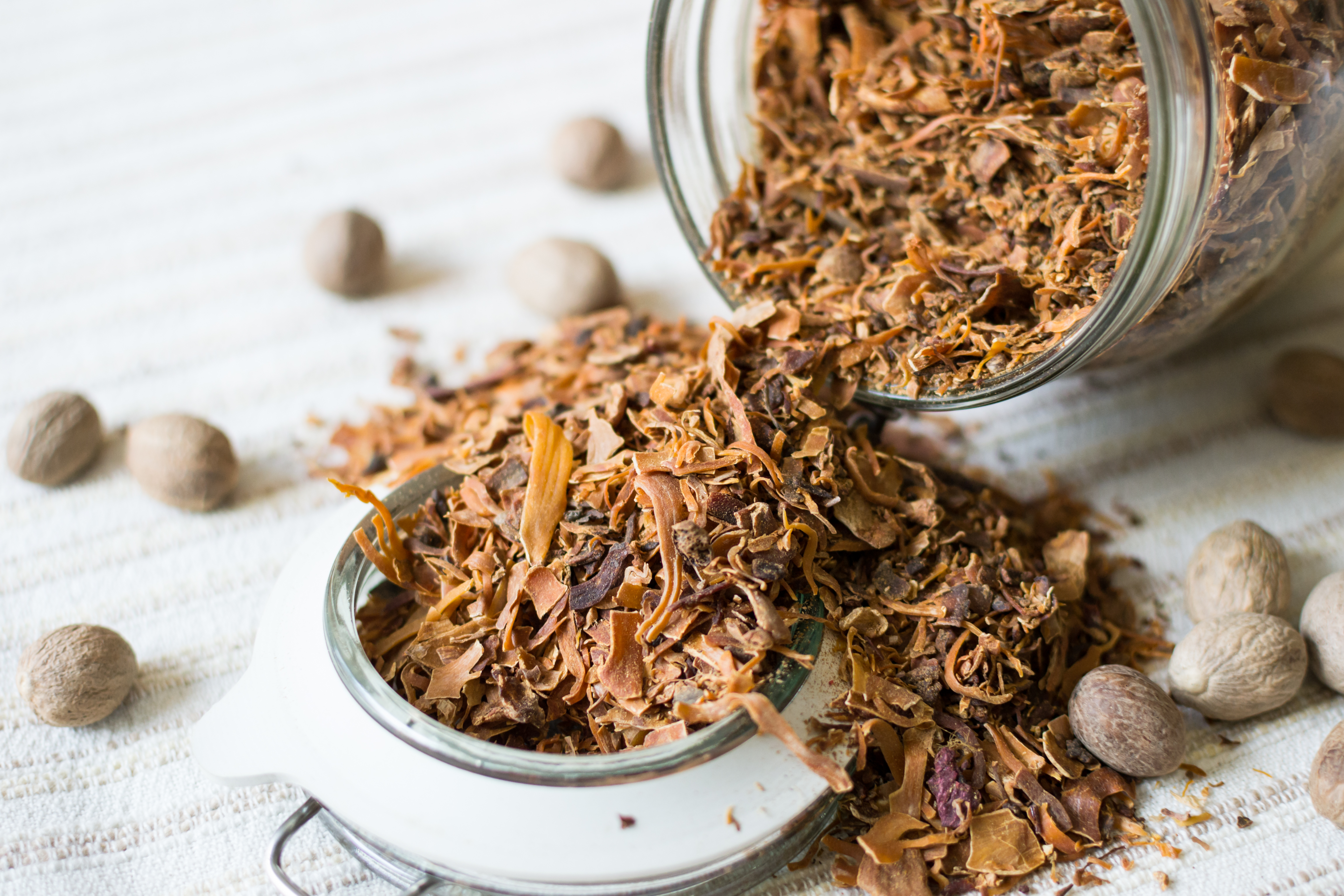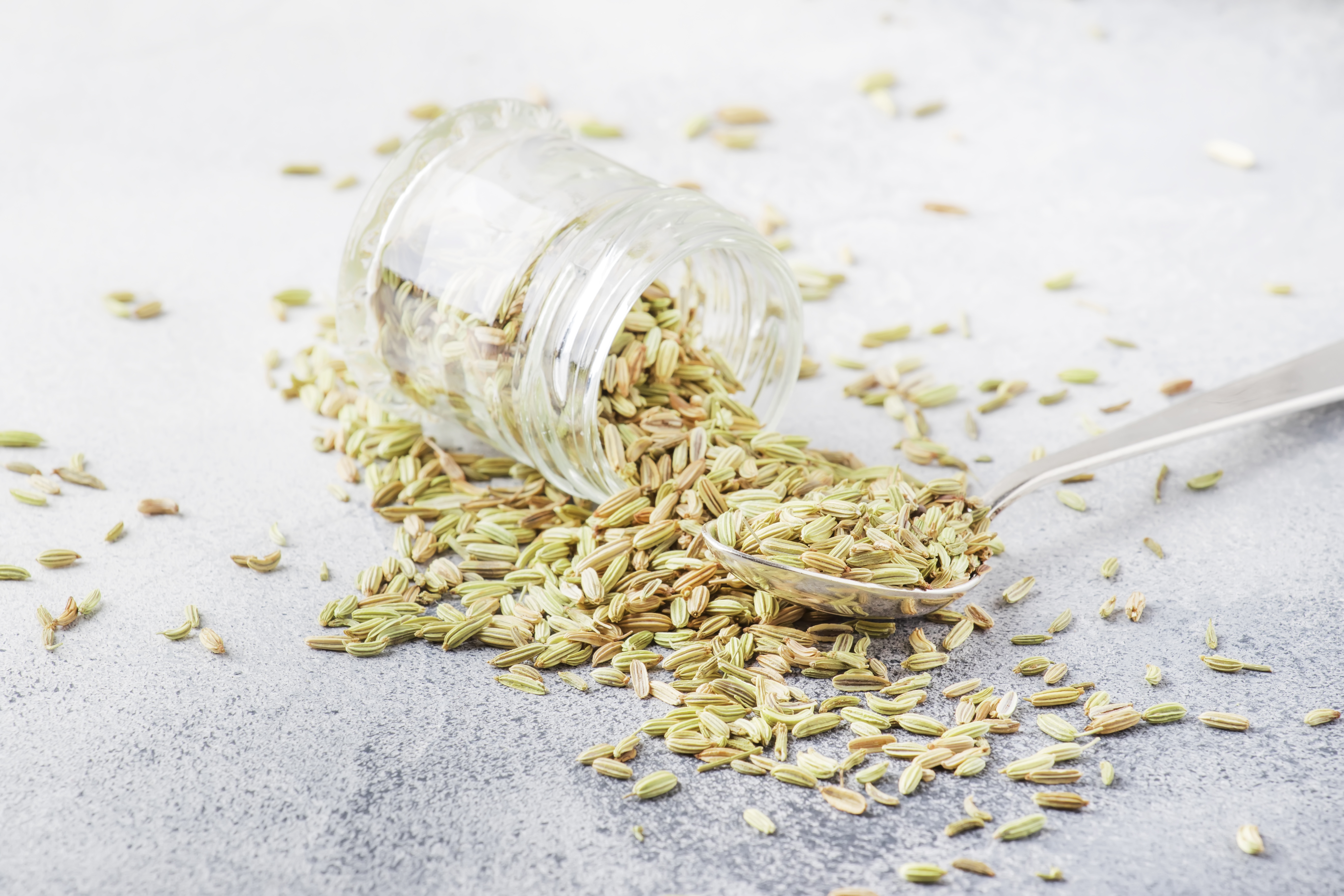The Best Anti-Inflammatory Spices to Add to Your Daily Meals
26. Mace: Nutmeg’s Floral Cousin

Mace is the lacy, bright red outer covering of the nutmeg seed, and it delivers similar warmth with a more delicate, floral nuance. This underused spice contains active compounds like myristicin and eugenol, known for their anti-inflammatory and antioxidant effects. Traditionally used in both culinary and medicinal applications, mace may help stimulate appetite, ease indigestion, and improve circulation. It’s particularly effective in soothing chronic inflammation and enhancing blood flow. How to Use It: Use ground mace in spice blends, rice pilafs, or cream-based sauces for a gentle lift in flavor. It pairs beautifully with dairy, potatoes, and warm baked goods like muffins or pies.
27. Fennel Seeds: The Cooling Digestive Aid

Fennel seeds have been a staple in holistic medicine for thousands of years, especially in Ayurvedic and Chinese traditions. Their sweet, licorice-like flavor is more than pleasant—it signals a powerful ability to soothe the digestive tract. Fennel’s anti-inflammatory properties help reduce bloating, relieve gas, and ease cramping by relaxing intestinal muscles. It’s also been linked to lowering blood pressure and combating free radical damage due to its high flavonoid content. How to Use It: Lightly toast fennel seeds and chew them after meals for natural digestive support, or steep them in hot water to make a calming tea. They’re also a flavorful addition to breads, curries, and pickled vegetables.
